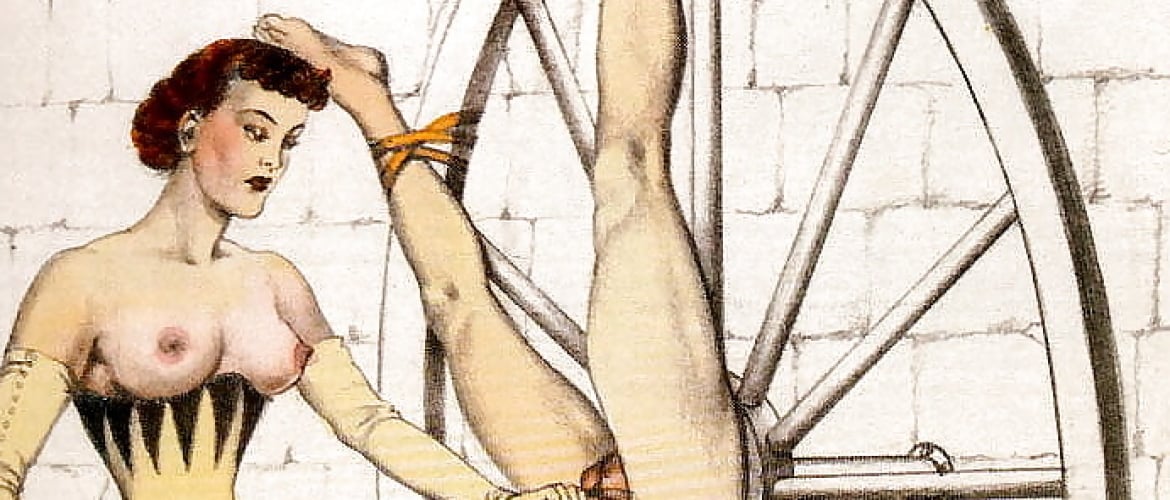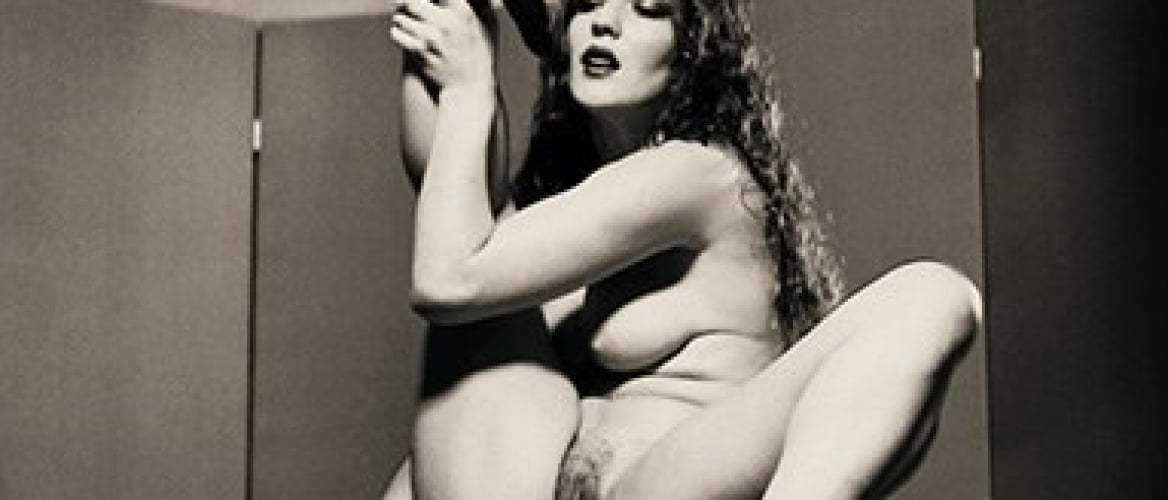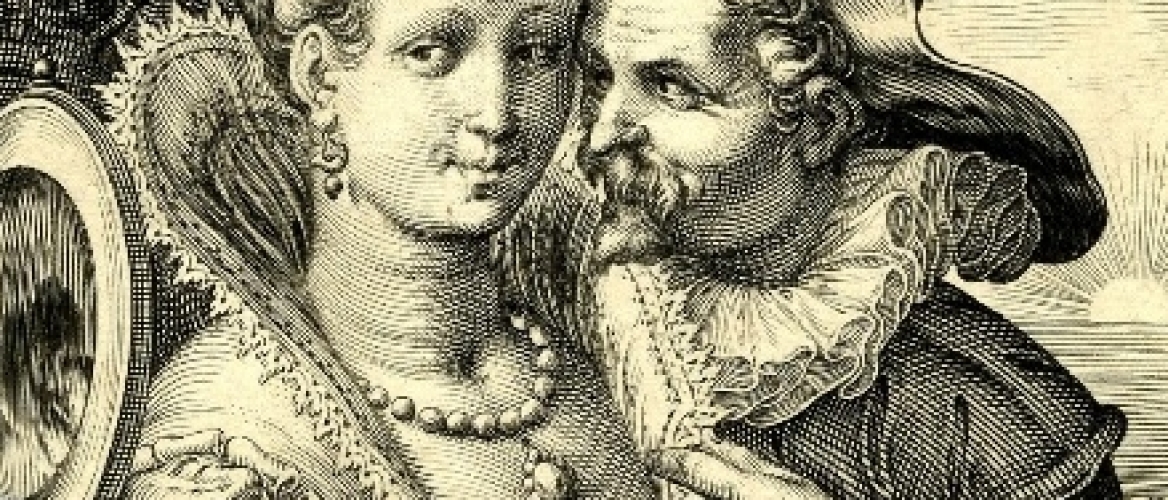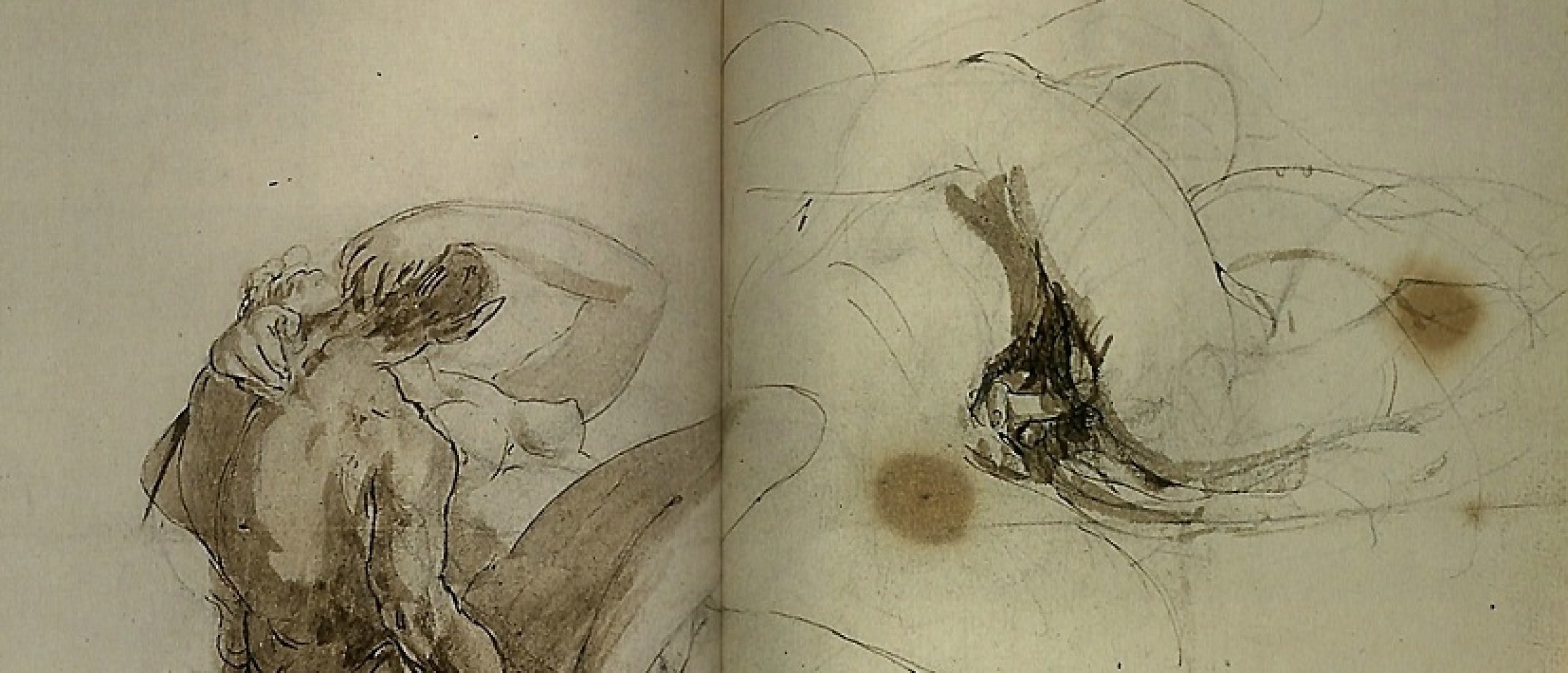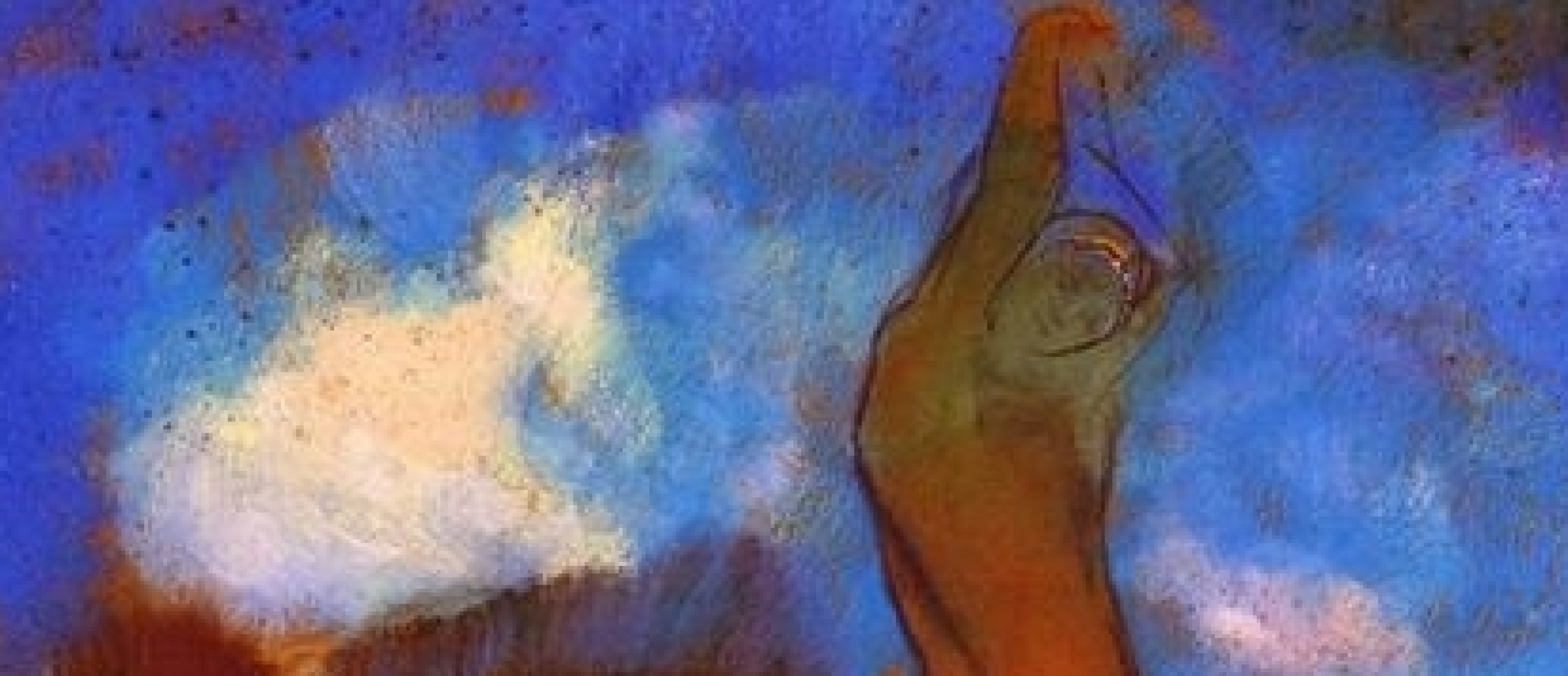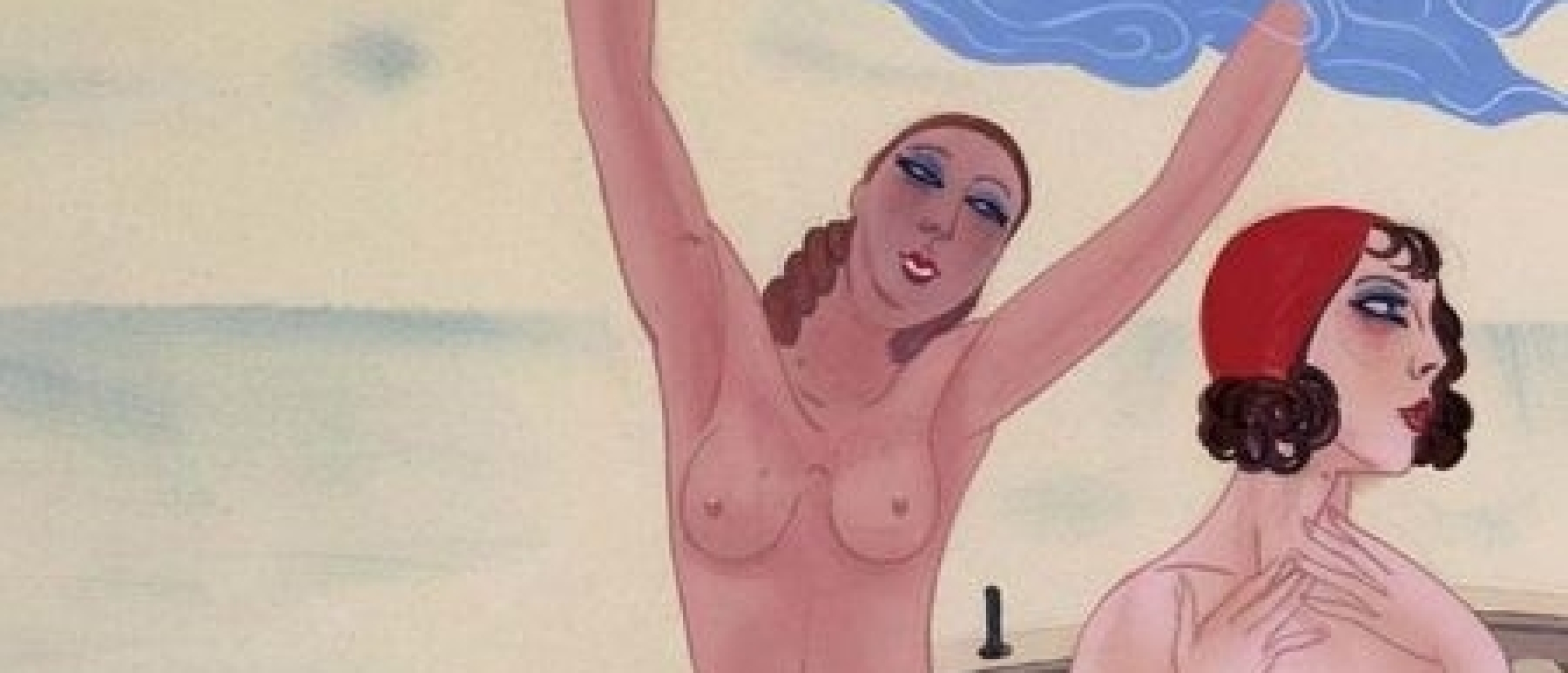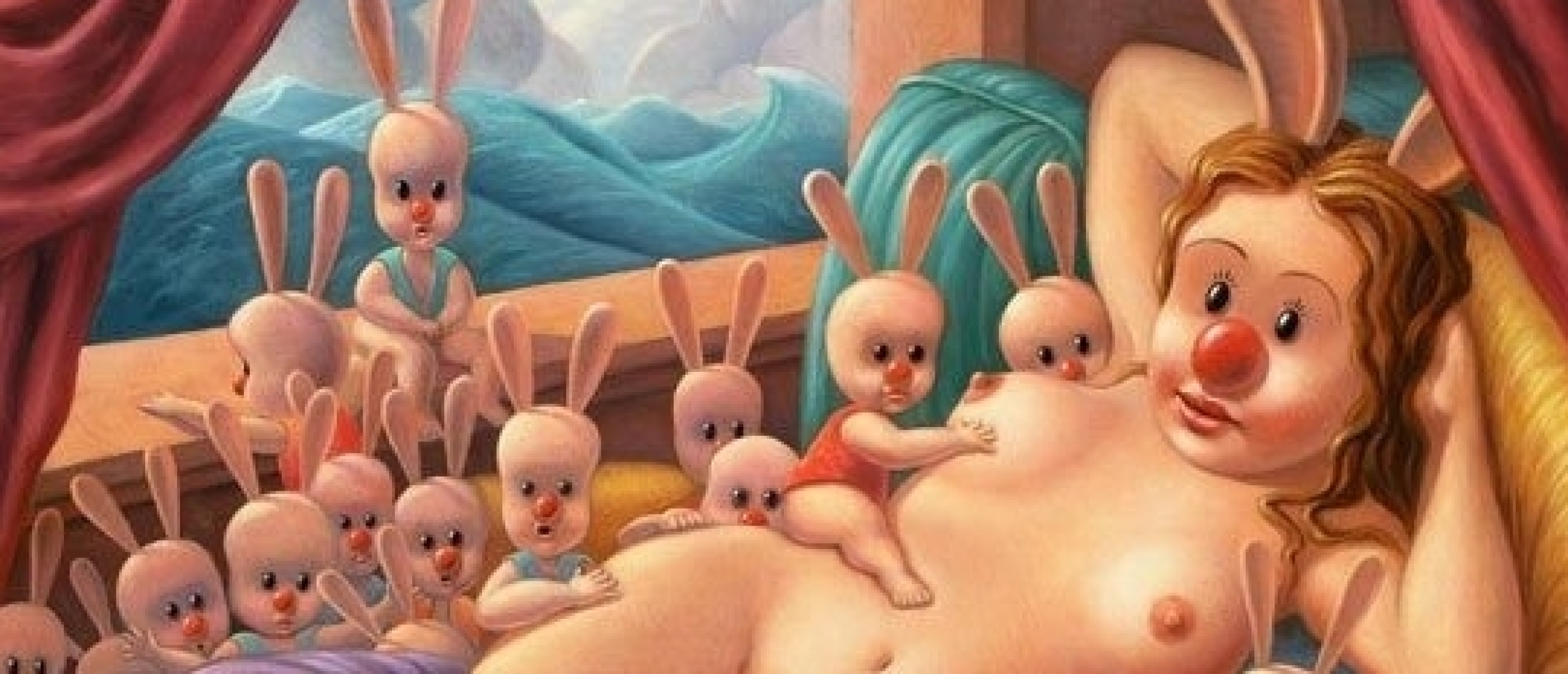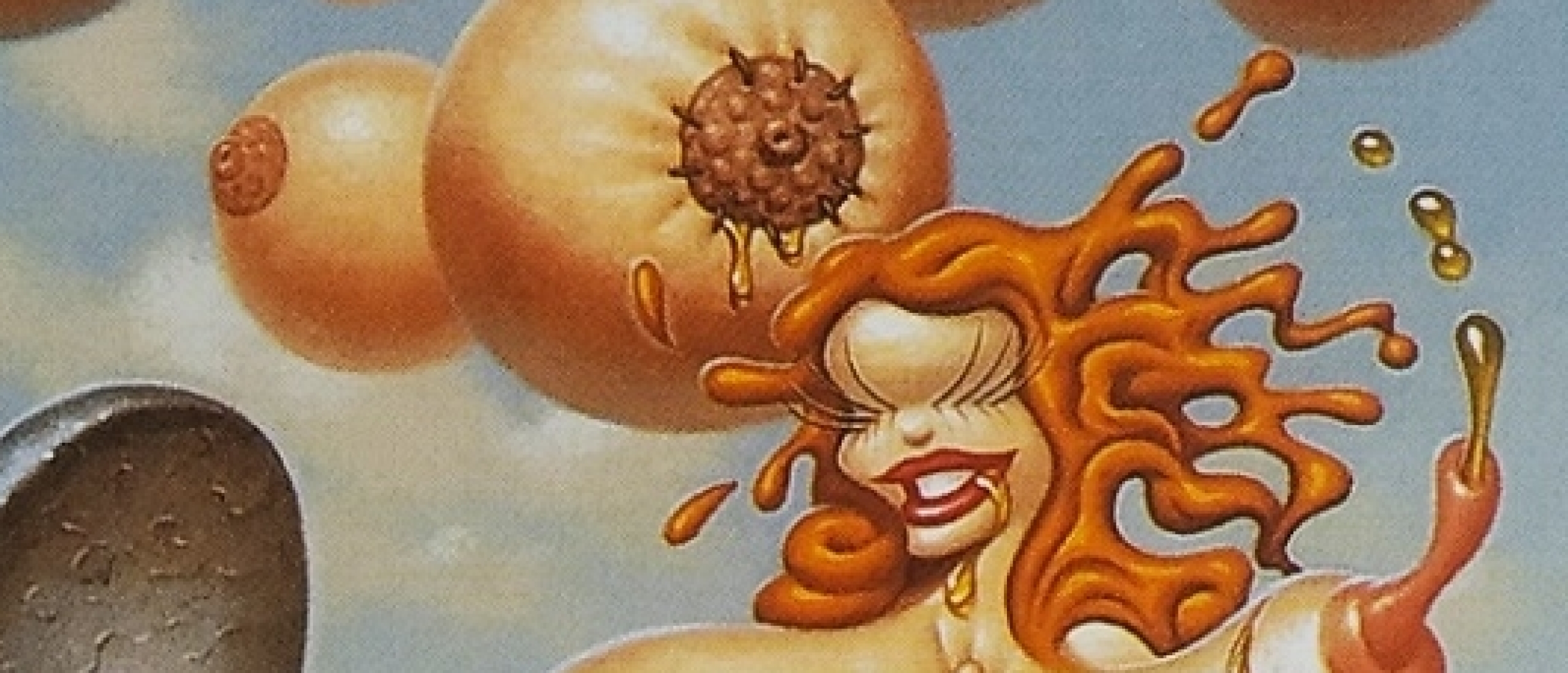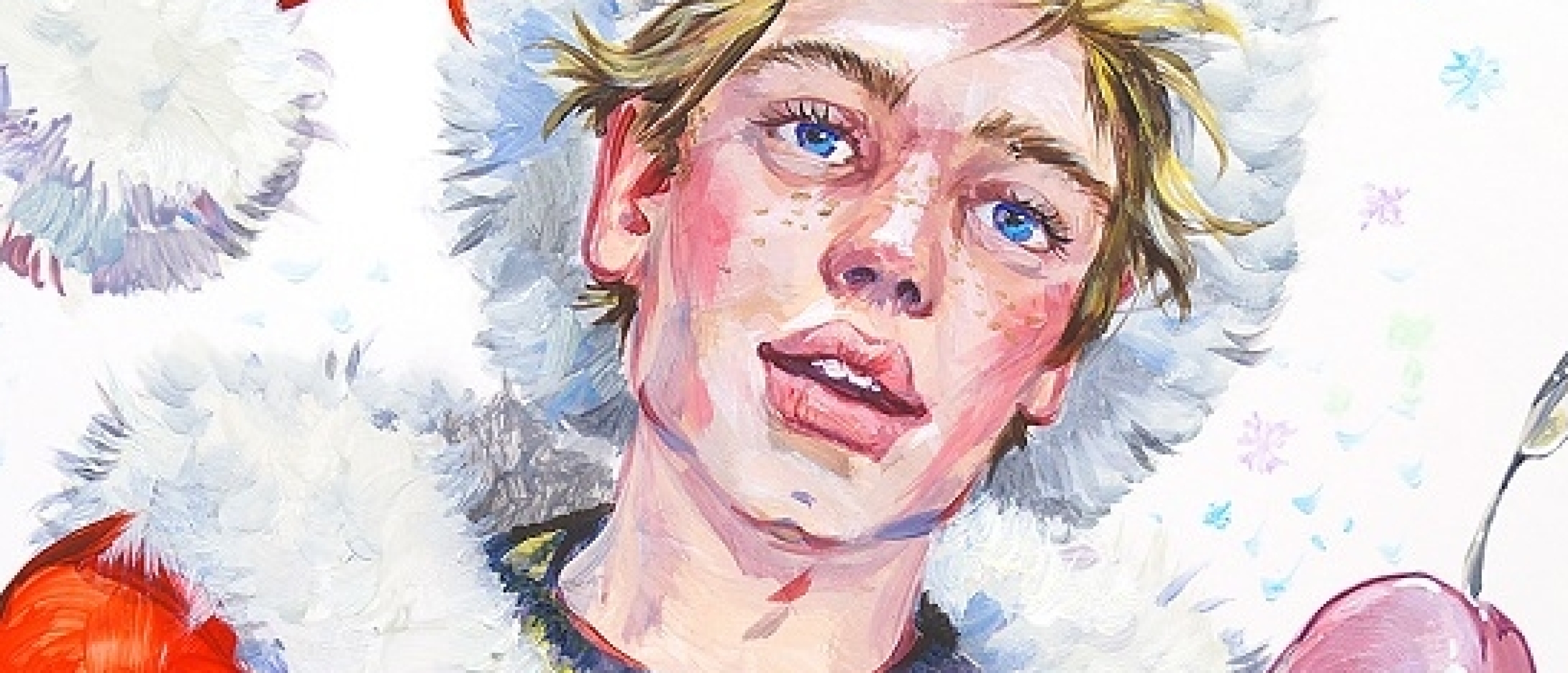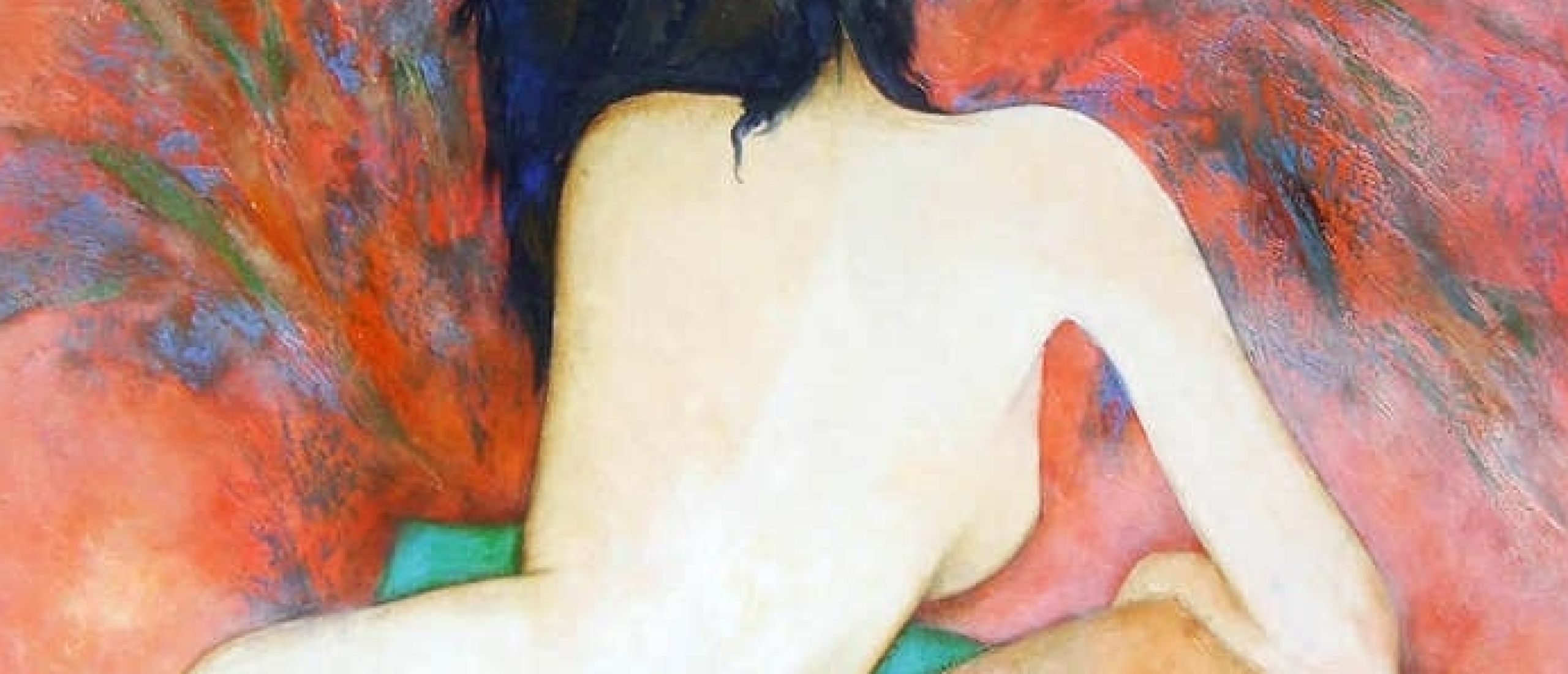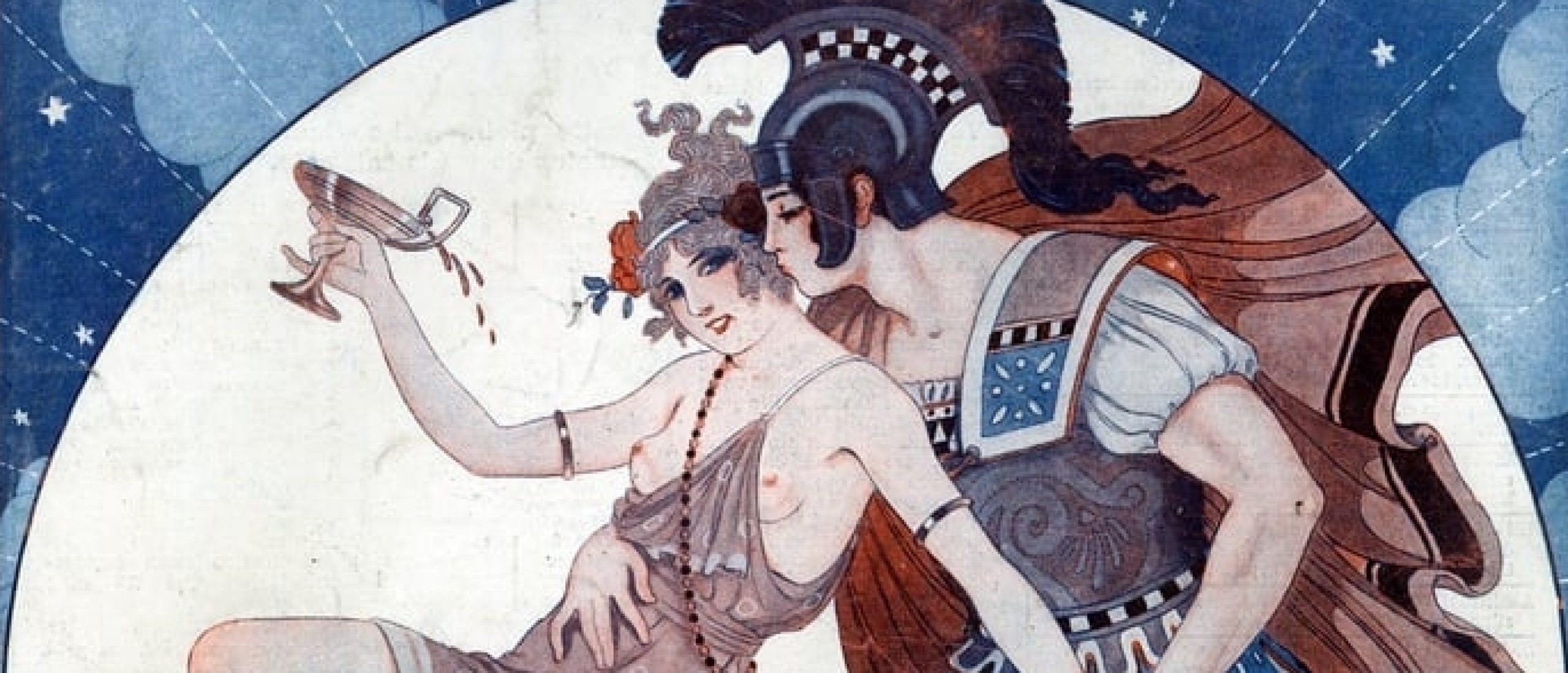
Joseph Kuhn-Régnier (1873-1940) was a French draftsman working in the Art Deco style. His pictures may remind you of George Barbier, whose art we examined in one of our previous articles. Nevertheless, Kuhn-Regnier had his distinctive approach manifested in the satirical projecting of antiquity onto modern days. Like Barbier, he contributed to the erotic magazine La Vie Parisienne and produced illustrations for Songs of Bilitis. Besides, he created prints for the edition of Works of Hippocrates published in 1932. The latter seems to be of interest to those who appreciate the enema fetish of Julie Delcourt. Régnier's art remains elegant and esthetically attractive even when the artist illustrates a medical treatise. We've collected 100 images for you to enjoy this alluring talent! Besides illustrations to the treatise, the set includes reinterpretations of famous mythological plots and historical events, depictions of female Olympics, and fantasies on living in a world where centaurs exist!
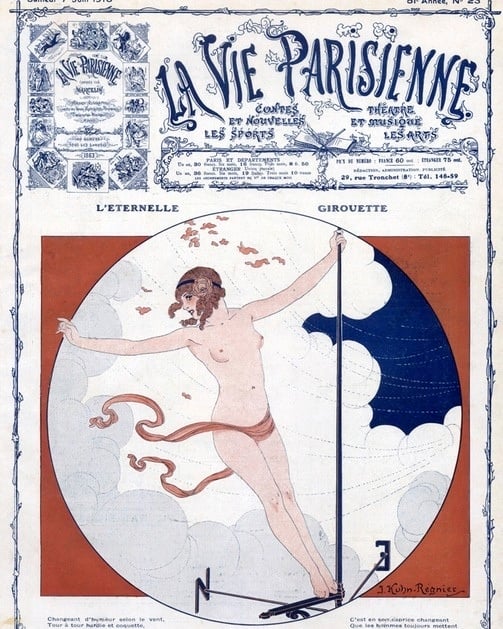
Fig. 1. The Eternal Weather Cock (La Vie Parisienne, 1913, hprints.com)
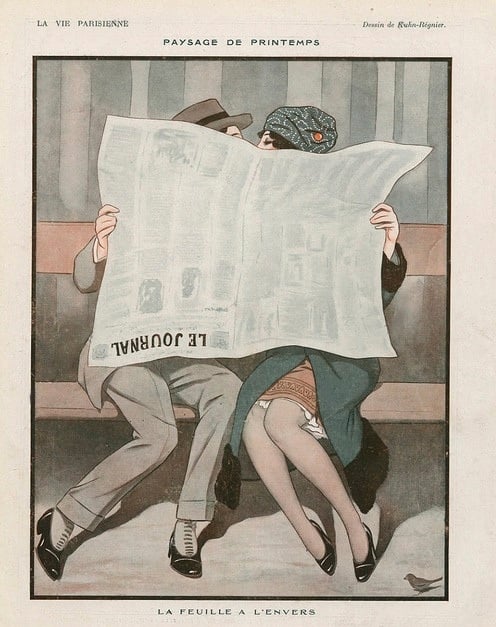
Fig. 2. Spring Landscape. The Press Upside Down, 1920, La Vie Parisienne (hprints.com)
La Vie Parisienne
Born Walfrid Joseph Louis Kuhn, Régnier was a pupil of Fernand Cormon at the Beaux-Arts de Paris. Though Cormon didn't produce prints but mainly paintings, the sensual content of his works (orientalism with its harems and nude females) was close to what Regnier depicted through the prism of antiquity. The major part of the artist's career was connected with La Vie Parisienne (The Parisian Life) magazine, to which he contributed from 1900 to 1938. The history of the magazine counts more than 100 years (1863-1970). Initially, the periodical was devoted to the arts, music, and sports. In 1905, the new editor Charles Saglio provoked the change of the format towards a men's magazine, which boosted its popularity. The feature of La Vie Parisienne was the full-page colored illustrations provided by prominent artists of that time like George Barbier or Gerda Wegener. The masterful Art Deco pictures accompanied by sharp verses and articles were an irresistible argument for the audience to purchase the magazine. In times of World War I, General Pershing warned Americans against buying it due to the risky content, and his recommendation, as you can guess, worked the opposite way.
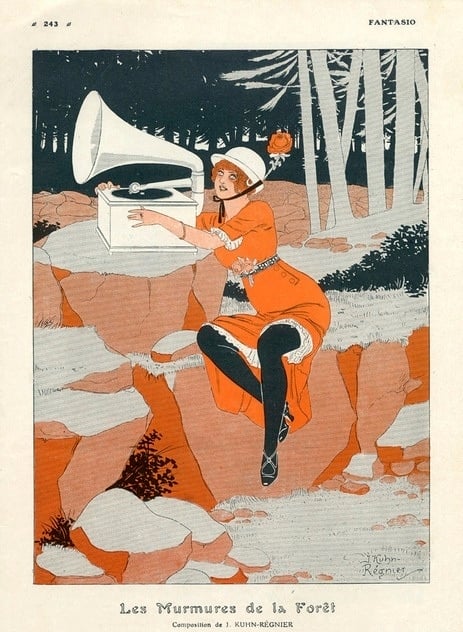
Fig. 3. The Rustle of the Forest Phonograph, Fantasio, 1913 (hprints.com)
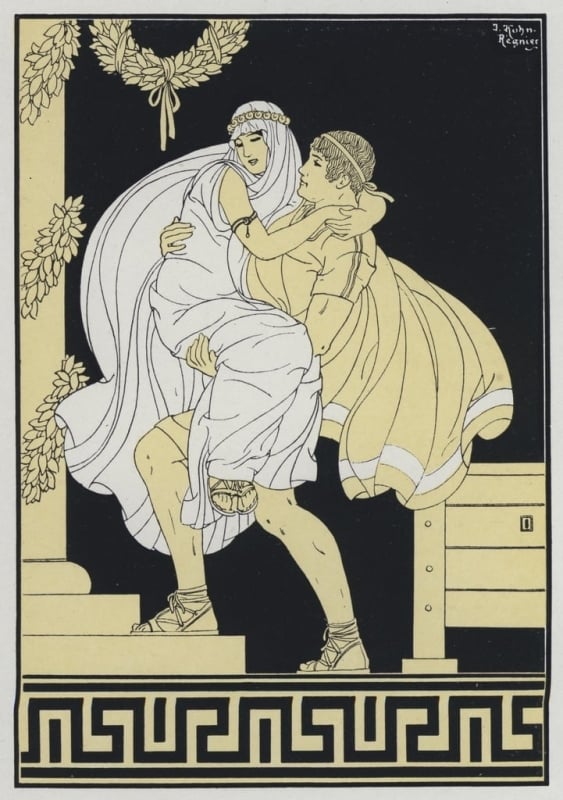
Fig. 4. The Marriage of Plistinus (meisterdrucke.ru)
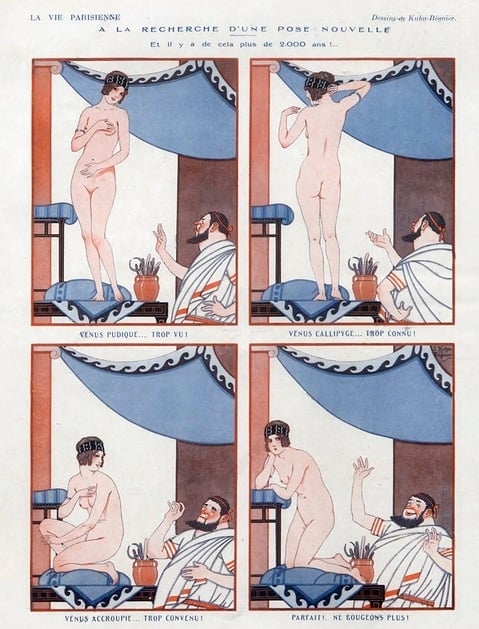
Fig. 5. “In search of a new pose (and that’s over 2000 years ago!)”. Top left: “Venus modest… seen too many times!”; top right: “Venus callipyga (“of the beautiful buttocks”)… known too well!”; bottom left: “Venus crouching… too conventional!”; bottom right: “Perfect! Don’t move!”, La Vie Parisienne, 1924 (hprints.com)
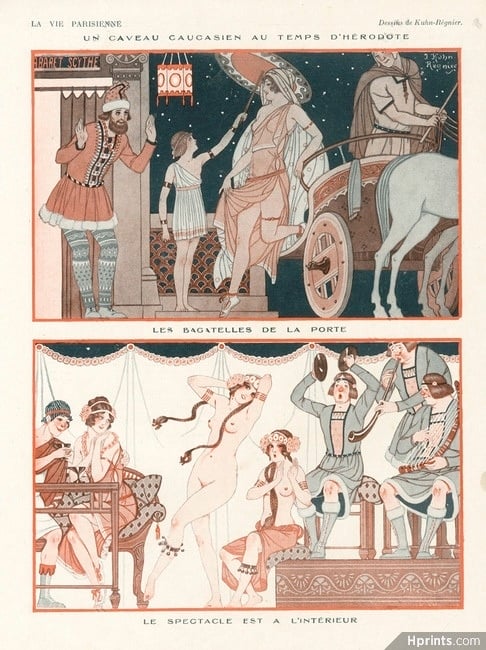
Fig. 6. “The Caucasian cabaret in times of Herodotus”. First picture: The Trifle at the Doors;

